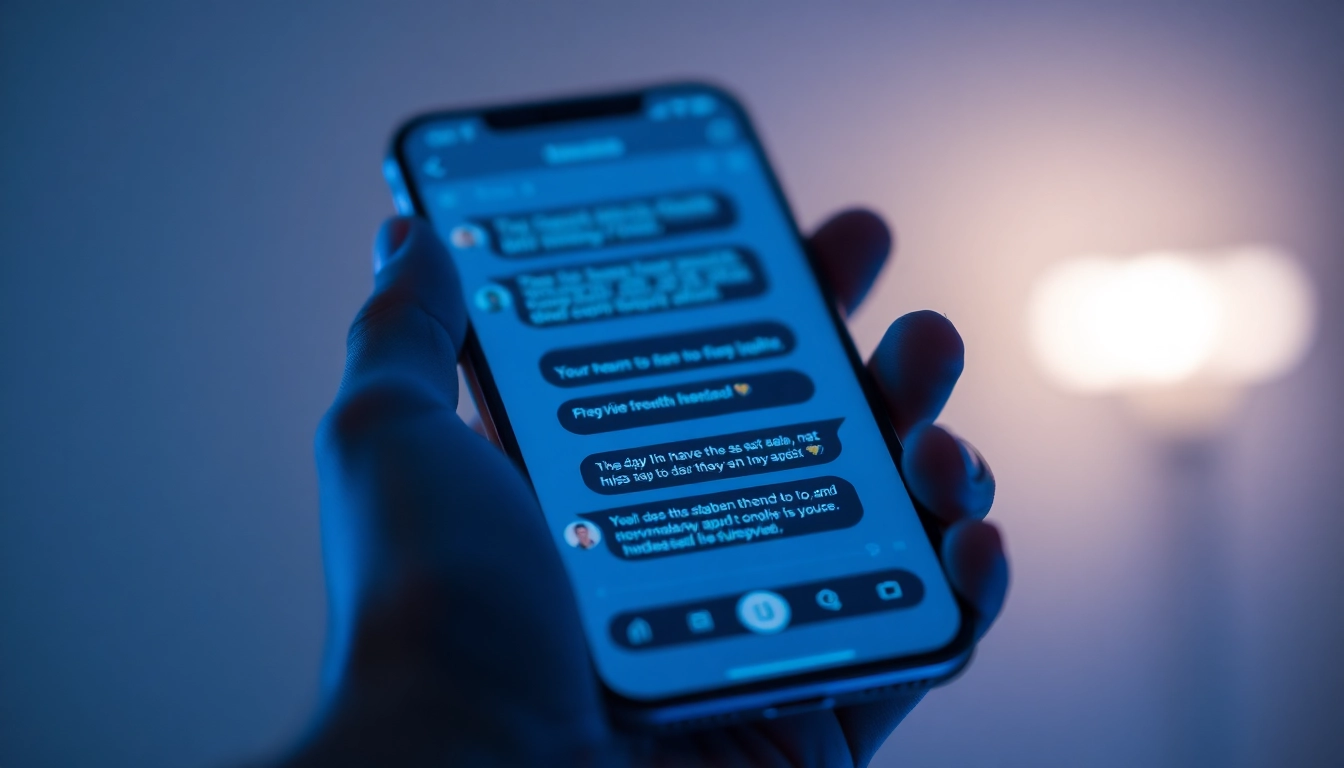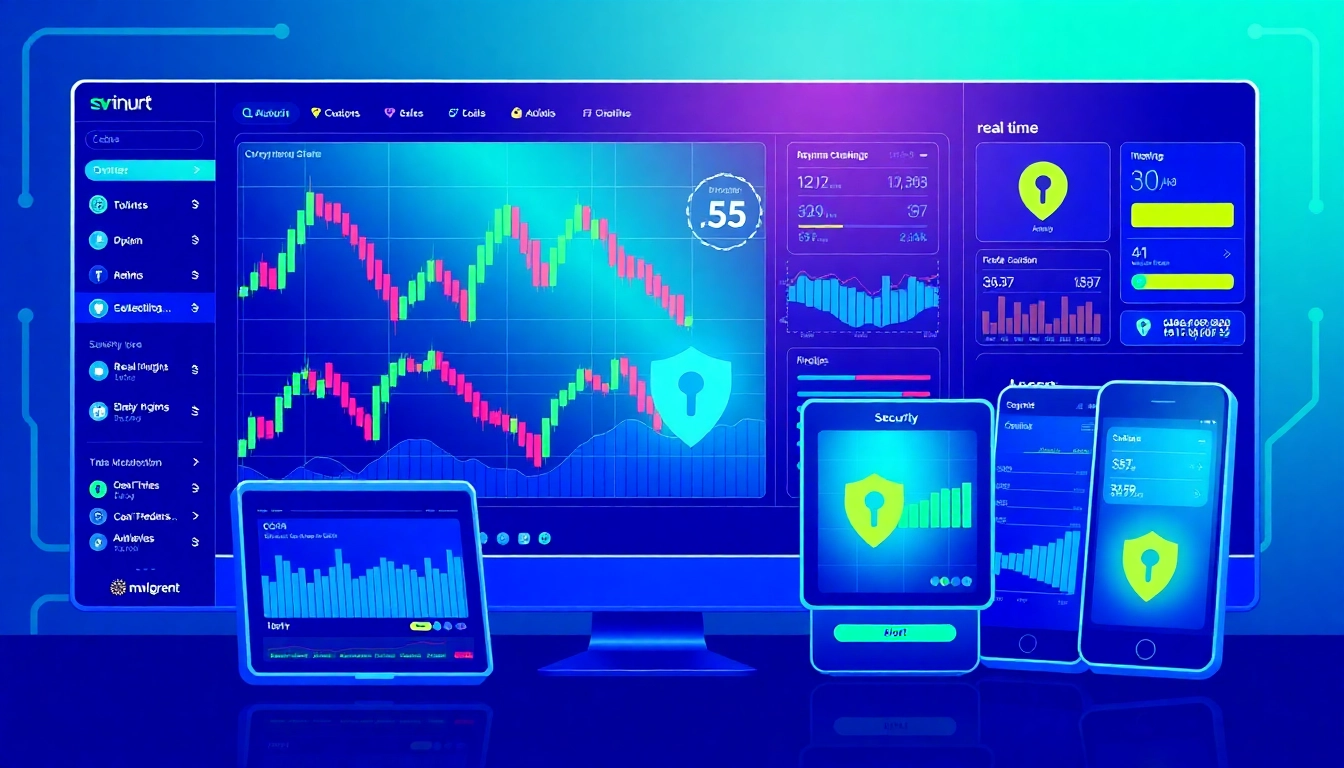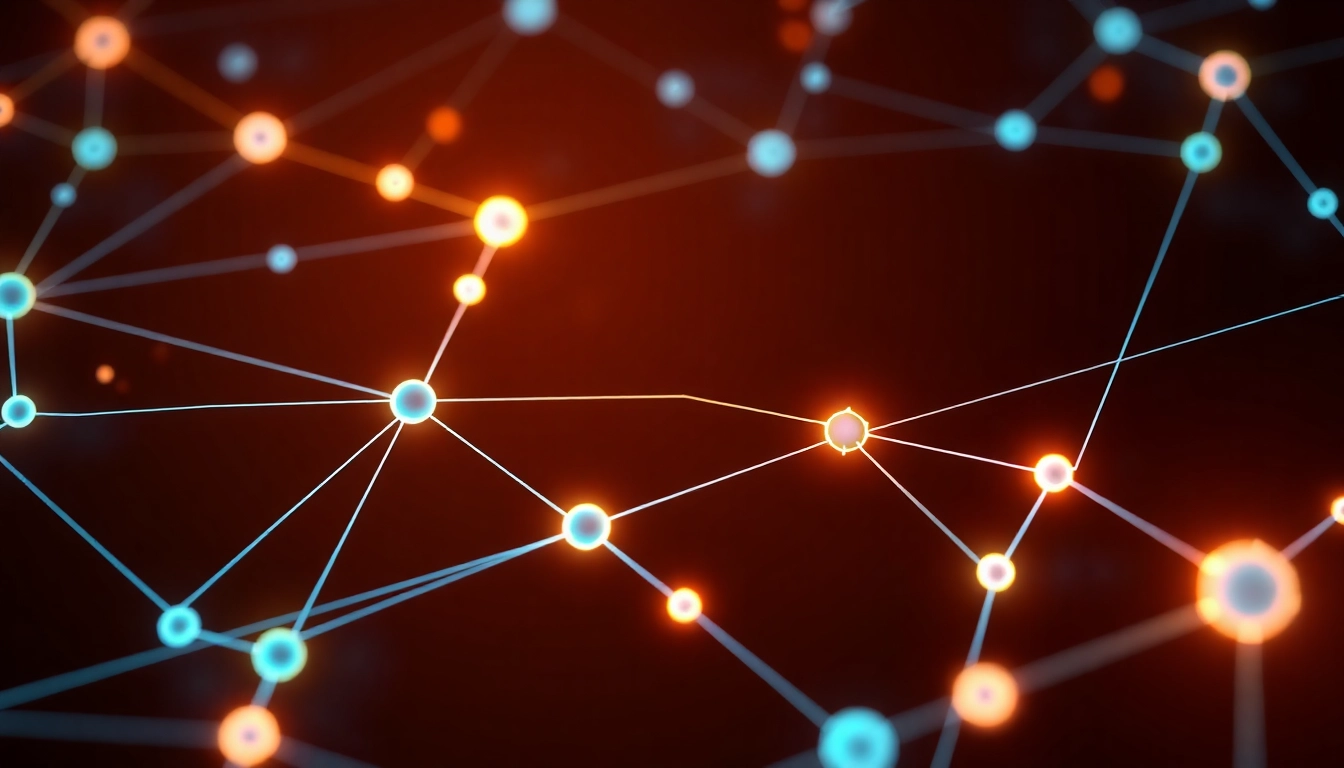Understanding the Human or Not Game
In an era where artificial intelligence seamlessly integrates into our daily interactions, the ability to distinguish between human and AI responses has become increasingly valuable—and increasingly challenging. Enter the human or not game, an innovative social experiment and entertainment platform designed to test your perceptual skills in real-time conversations. This social Turing test-like experience pushes players to engage with anonymous chat partners for just two minutes, aiming to determine whether they’re speaking with a human or an AI. It is much more than a game; it is a window into the evolving landscape of artificial intelligence, communication, and human intuition.
What Is the Human or Not Social Turing Test?
At its core, the human or not game functions as a modern, interactive form of the classic Turing test—a philosophical and technological challenge proposed by Alan Turing in 1950. Turing’s premise was simple yet profound: if a machine can imitate human responses so convincingly that a human interlocutor cannot reliably tell the difference, it demonstrates a form of artificial intelligence. The human or not social game translates this concept into a practical, accessible format, inviting everyday users to partake in AI detection through conversational exchanges. Unlike traditional Turing tests, which are often conducted in controlled environments, this game emphasizes accessibility, entertainment, and public awareness.
The Technology Behind the Game
The backbone of the human or not game is built on the latest advancements in natural language processing (NLP) and machine learning (ML). State-of-the-art AI models such as GPT-4, among other sophisticated algorithms, generate conversational responses that aim to mimic human nuances, slang, humor, and contextual understanding. The platform’s architecture leverages robust stacks involving tools like Amplitude for analytics, ensuring real-time monitoring of user interactions and behavior patterns, and Webflow for seamless, responsive design. From AI personality simulation to real-time user engagement, the game embodies cutting-edge AI-integrated web development and testing technology.
Why It Matters in Today’s AI Landscape
As AI systems grow more sophisticated—capable of generating human-like text, images, and even voice—public understanding of AI’s capabilities and limitations becomes critical. The human or not game fosters awareness, educates players on AI cues, and highlights the importance of ethical deployment and detection. Moreover, it fuels the broader conversation about AI’s role in society, privacy considerations, and the potential for AI misrepresentation. By challenging users to differentiate AI from humans daily, the game acts as both a mirror and a catalyst for technological literacy, encouraging users to develop an intuition that will be invaluable in future interactions with AI systems.
How to Play Human or Not Effectively
Step-by-Step Instructions for Beginners
- Access the Platform: Visit the official site at human or not. The interface is fully responsive, allowing play across desktops, tablets, and smartphones.
- Initiate a Conversation: Simply click on “Start Game” to begin a session with a randomly paired anonymous chat partner—either human or AI.
- Engage for Two Minutes: Communicate naturally, asking questions, sharing opinions, or just chatting as you normally would in any conversation.
- Observe Responses Carefully: Pay attention to the language style, response timing, humor, complexity, and emotional cues.
- Make Your Guess: After two minutes, the game prompts you to guess whether your partner was human or AI. Submit your decision confidently.
- Reveal and Reflect: After your guess, the game reveals whether you were correct, providing insights into AI’s conversational capabilities and common telltale signs.
Strategies to Improve Your Accuracy
Enhancing your ability to distinguish humans from AIs requires a strategic approach:
- Look for Nuances: Humans often demonstrate subtle emotional nuances, slang, or minor inconsistencies that AIs may overlook.
- Assess Response Timing: AI responses are typically faster and more uniform, whereas humans may exhibit slight hesitations or varied response times.
- Analyze Language Use: AIs tend to produce more grammatically consistent and formal responses; humans might use colloquialisms, typos, or personal anecdotes.
- Test Emotional Depth: Pose questions requiring empathy or personal insight. Human responses often contain emotional or contextual depth that AI may struggle to replicate convincingly.
- Ask Odd or Unexpected Questions: Quirky inquiries can expose AI limitations, which may still respond with generic or incompatible answers.
Common Challenges and How to Overcome Them
Despite best efforts, certain AI responses can be indistinguishable from human replies, especially as AI technology advances. To mitigate this:
- Constantly Update Skills: Stay informed about the latest AI capabilities and common response patterns.
- Use Diverse Questioning: Vary your questions to include factual, emotional, and abstract topics.
- Practice Regularly: The more you play, the better you become at recognizing subtle cues, making your guesses more accurate over time.
Maximizing Engagement and Learning
Tips for Spotting AI Nuances
Leveraging specific tell-tale signs can significantly improve detection:
- Repetition Patterns: AI might repeat phrases or ideas more frequently than humans.
- Inconsistencies: Watch for contradictory statements or responses that lack logical flow.
- Lack of Personal Experience: AI cannot genuinely share personal stories; responses may be generic or overly neutral.
- Excessive Formality or Over-Polished Responses: Humans often have slang or imperfect grammar, whereas AI strives for grammatical precision.
Using Critical Thinking in Conversations
Developing critical thinking involves questioning the responses, tone, and context:
- Challenge Assumptions: Ask follow-up questions that require deep understanding or personalized insights.
- Observe Emotional Responses: Human responses often display empathy, humor, or emotion that AI might generate in a more dispassionate manner.
- Evaluate Contextual Awareness: Notice if responses stay on topic or drift due to lack of deeper contextual understanding—a common AI trait.
Analyzing Past Games for Better Predictions
Reflection on previous interactions builds intuition. Ask yourself:
- What cues did I notice that led me to my decision?
- Were there specific responses that seemed “off” or automated?
- How accurate was my overall judgment, and what could I improve?
Keeping a mental or written log of these insights over multiple rounds enhances your detection skills and helps you recognize patterns more reliably.
Benefits of Playing Human or Not
Enhancing Perception in Digital Interactions
Engaging regularly in human or not games sharpens your perceptual abilities. It trains you to pick up on subtle cues, emotional tone, and linguistic patterns—skills that are invaluable as digital communication becomes increasingly automated. These enhanced perceptual skills are useful beyond the game, improving your ability to critique social media content, assess online interactions, and filter trustworthy information in the digital age.
Contributing to AI Development and Awareness
Participating in this game helps expose current AI capabilities and limitations, fostering greater societal awareness about AI’s evolving nature. Your patterns of detection can inform developers about AI strengths and weaknesses, contributing to more transparent AI creation and deployment. Additionally, your experience informs discussions about AI ethics, misrepresentation, and accountability.
Building Intuition and Future Tech Readiness
As AI systems become smarter, human intuition is likely to be one of the few reliable tools to differentiate and verify interactions. Playing human or not continuously enhances your tech literacy, enabling you to adapt more quickly to emerging technologies. This skill set positions individuals and organizations to navigate the future landscape of AI with confidence and critical awareness.
Getting Informed and Staying Connected
Join the Community and Share Tips
The human or not platform thrives on community engagement. Join online forums, social media groups, or dedicated discussion platforms—such as the Reddit r/Humanornot community—to exchange strategies, share experiences, and stay updated on AI trends. Active participation not only refines your skills but also broadens your perspective on AI and human interaction.
Latest Updates on Human or Not
Game developers regularly update features, incorporate new AI models, and gather user feedback to improve gameplay and detection accuracy. Follow official channels, social media profiles, or the platform’s blog for news on enhancements, new AI breakthroughs, and community contests. Staying informed ensures you’re always a step ahead in identifying AI responses convincingly.
FAQs and Support Resources
For questions about gameplay, privacy, or technical issues, consult the comprehensive FAQ section on the platform. Support teams are also available to assist with troubleshooting and provide tips for better detection. This ensures an engaging, secure, and educational experience for all players.



